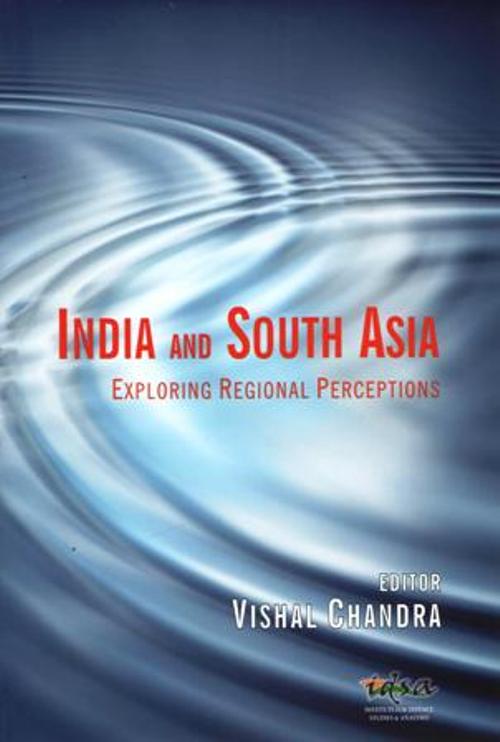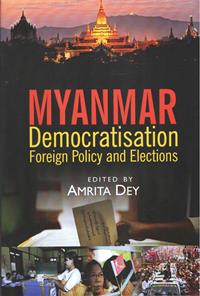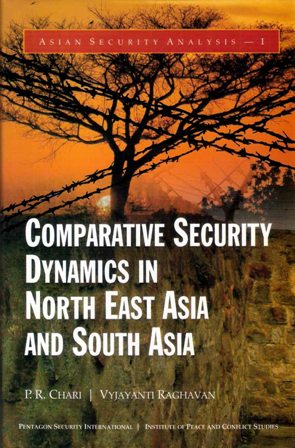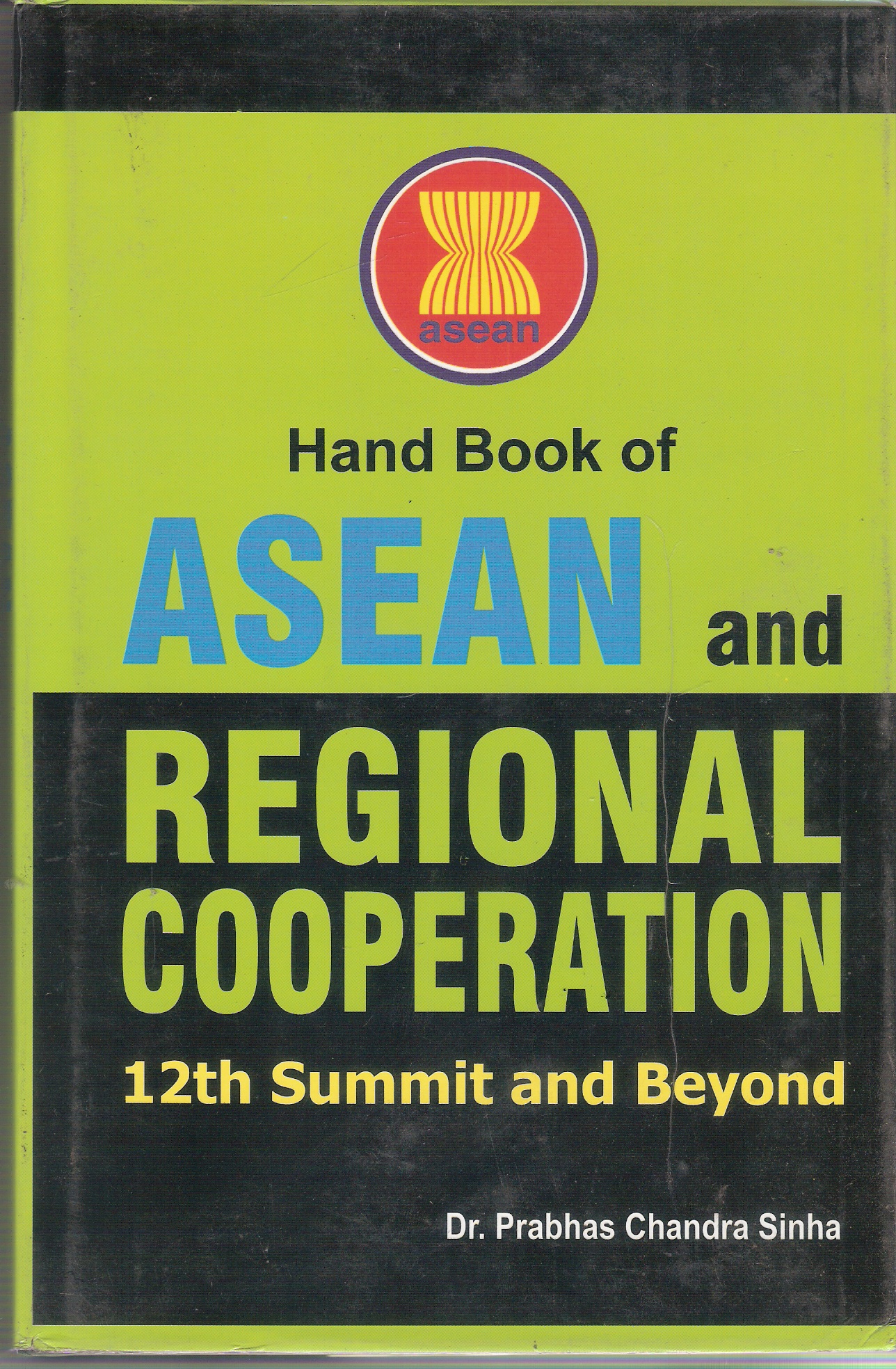Description
The ten years of Maoist insurgency followed by the political vacuum after the abolition of the monarchy and the delay in the drafting of the Constitution has given credence to the role of external powers in shaping the domestic politics in that country. The book examines the nature of external powers` role during the political transition in Nepal since 2006. It analyses Nepal`s relations with external powers` in the framework of small and major powers`. The book tries to explore the nature of their engagements by discussing the strategic significance of Nepal in regional power politics and the latter`s response to it. In the absence of any in-depth scholarly work thus far, the book tries to fill the gap by addressing the following questions: Is Nepal going to face a new round of strategic competition in the Himalayas? Has there been any visible change in china`s relationship with Nepal after the end of the monarchy? How does the US look at the political transition in Nepal? What is the strategic relevance of Nepal for major European countries? How will India balance the Chinese and US presence in Nepal? Does Nepal figure in Pakistan`s Look East Policy? How will Nepal deal with the competing strategies of the major powers-regional and extra-regional?








Reviews
There are no reviews yet.